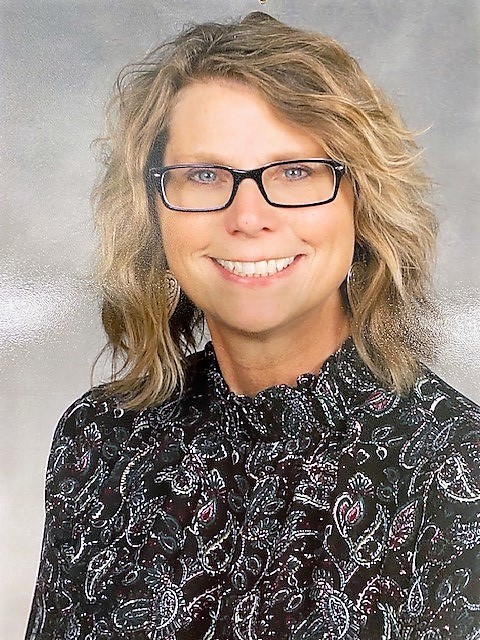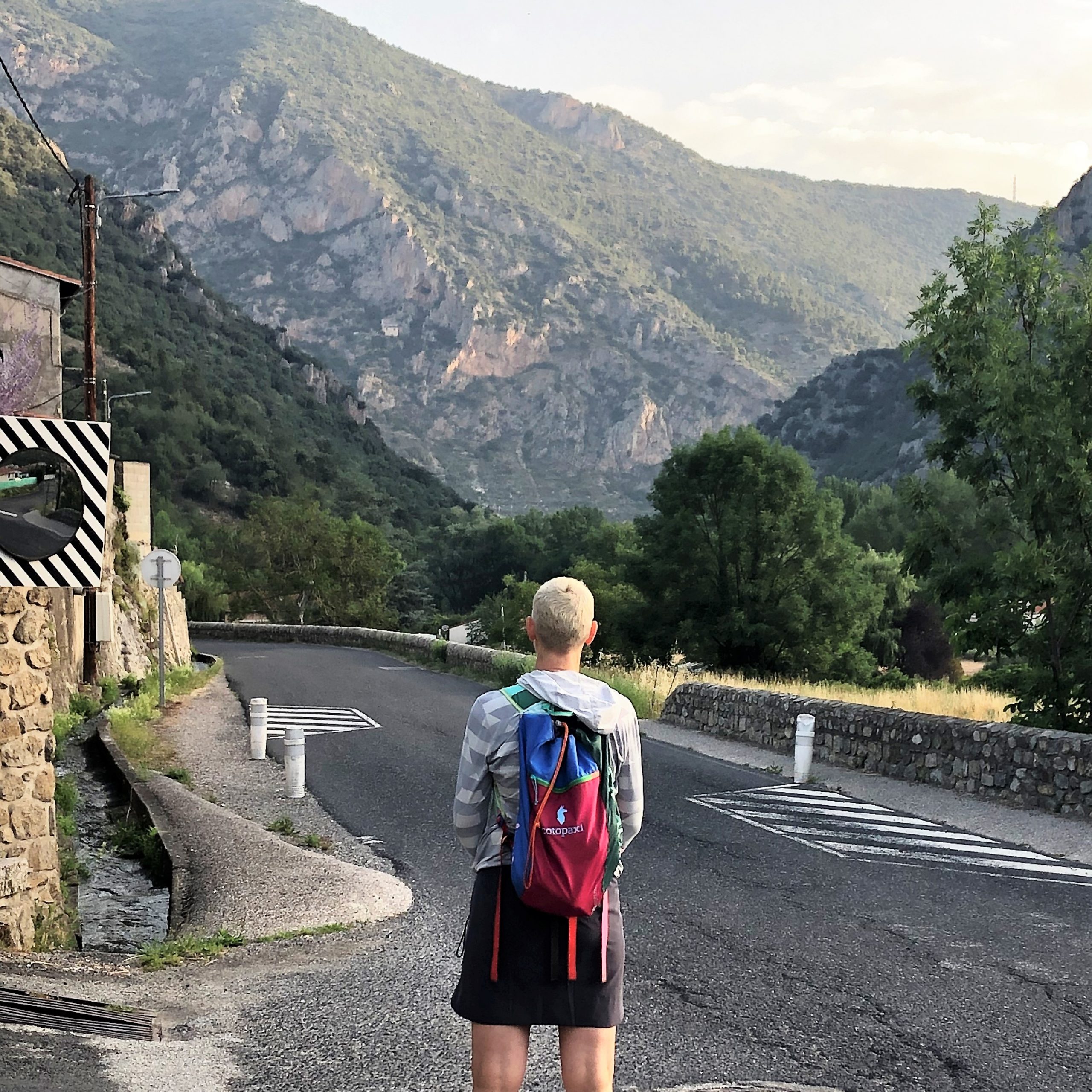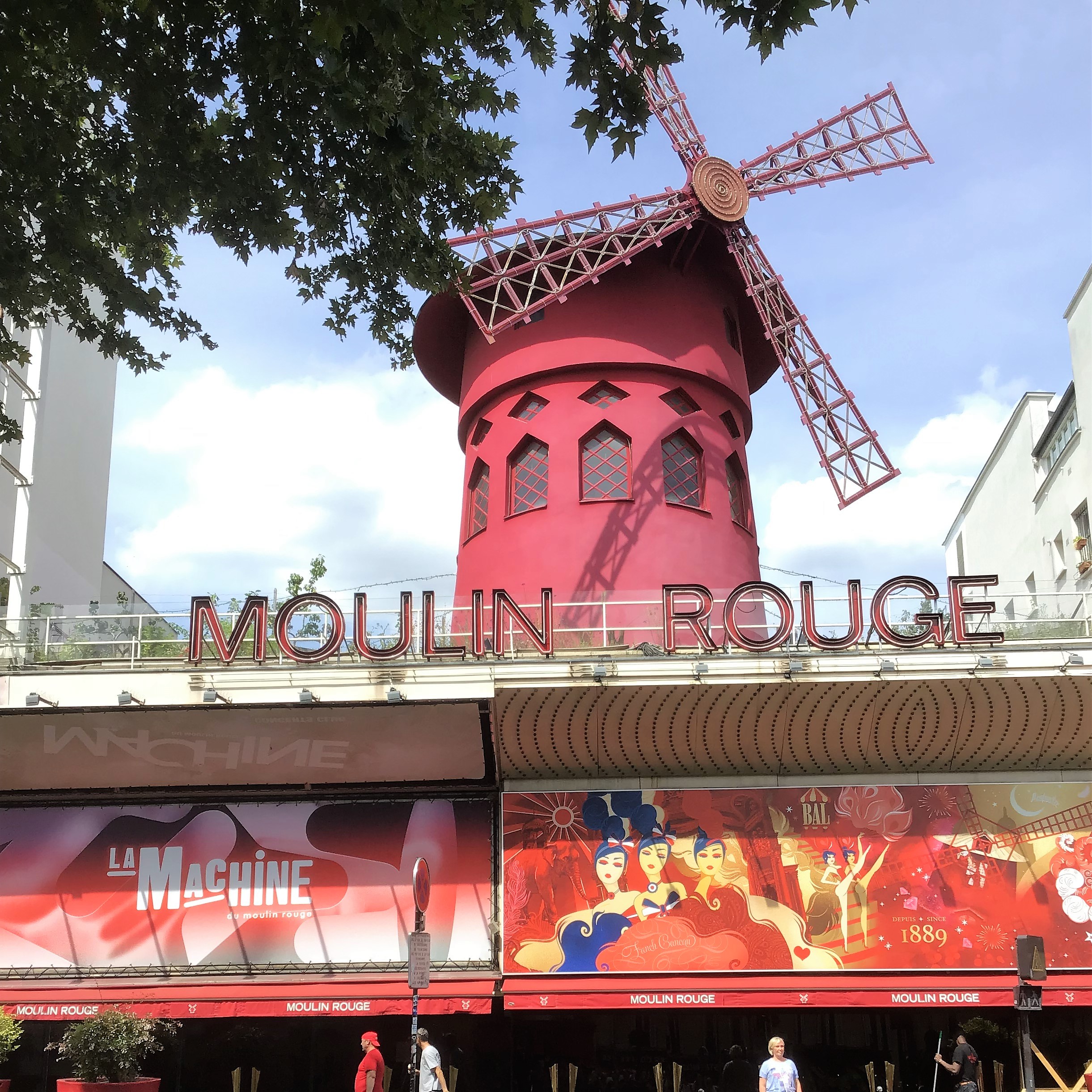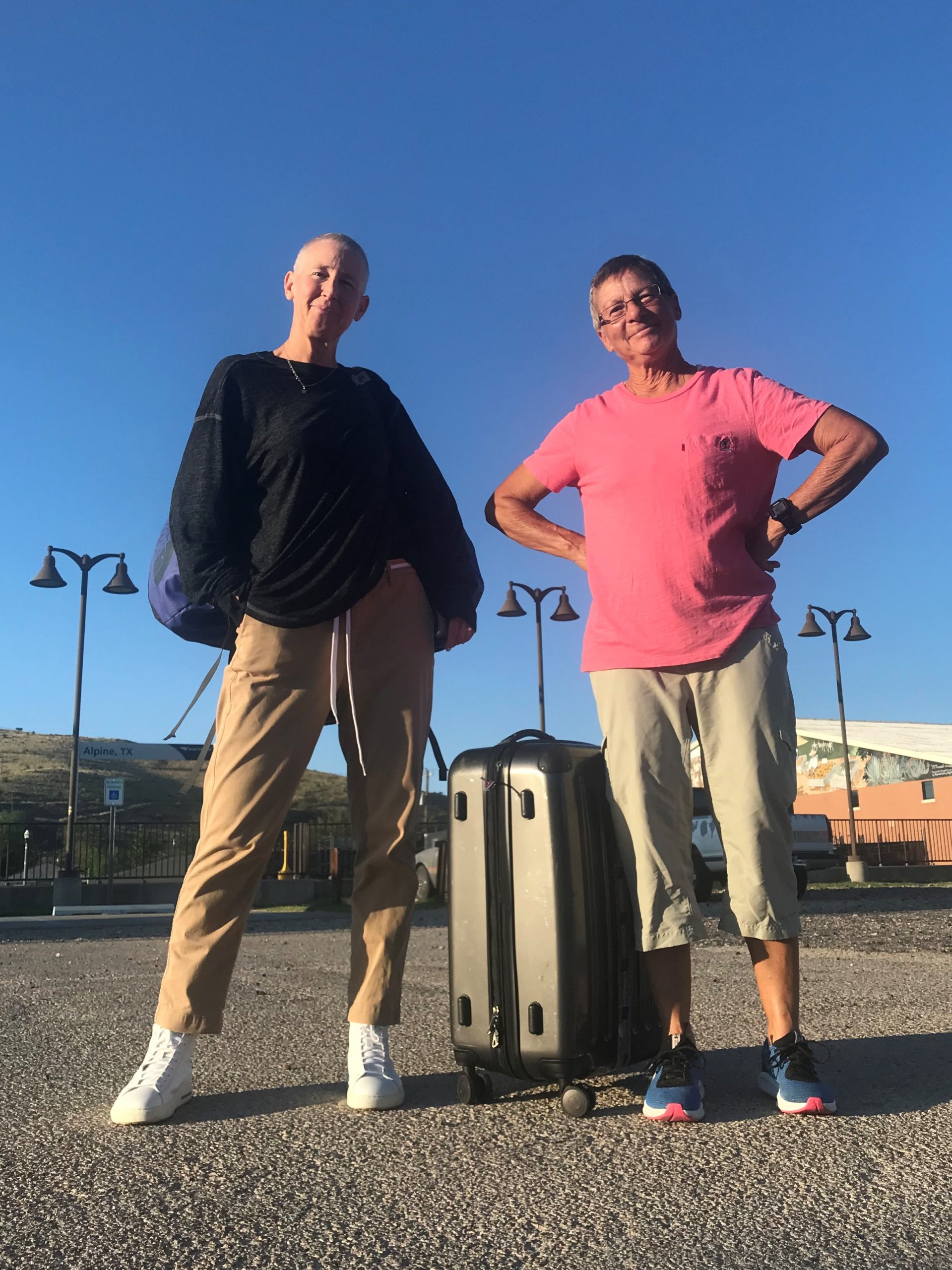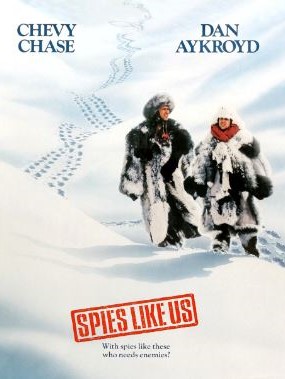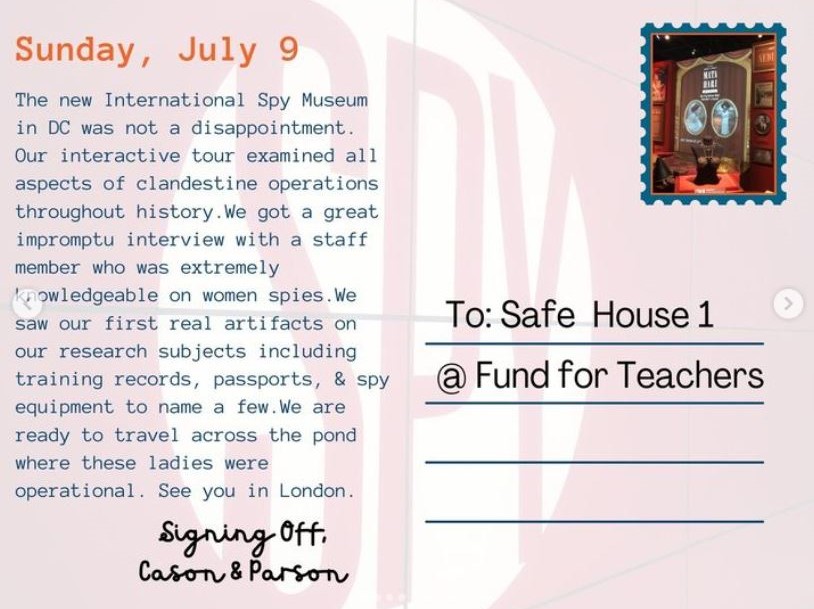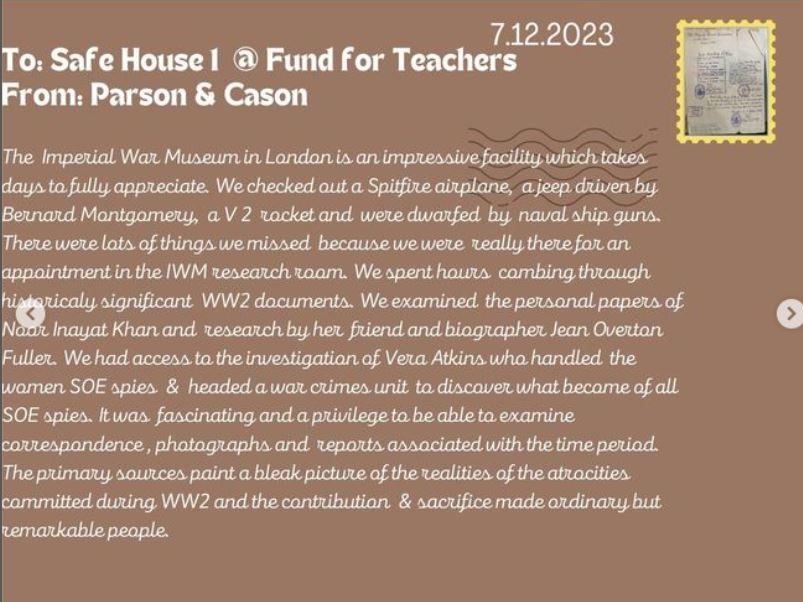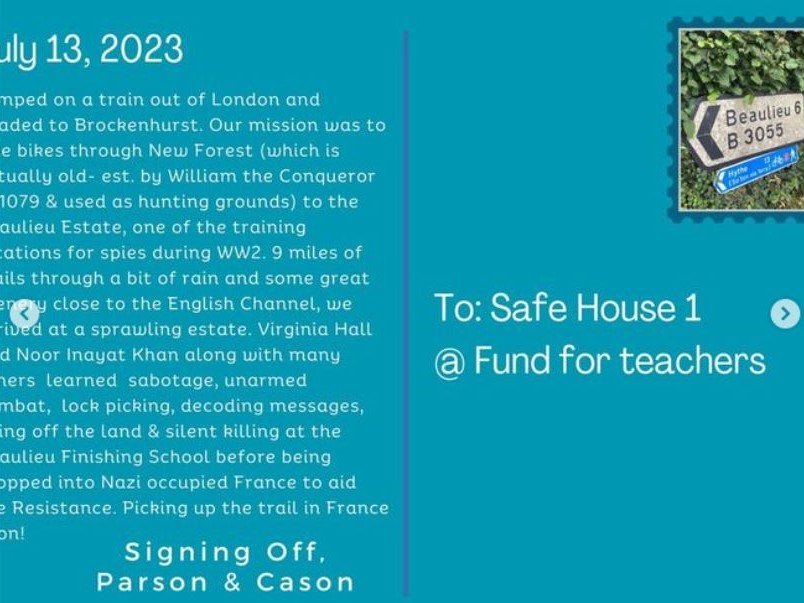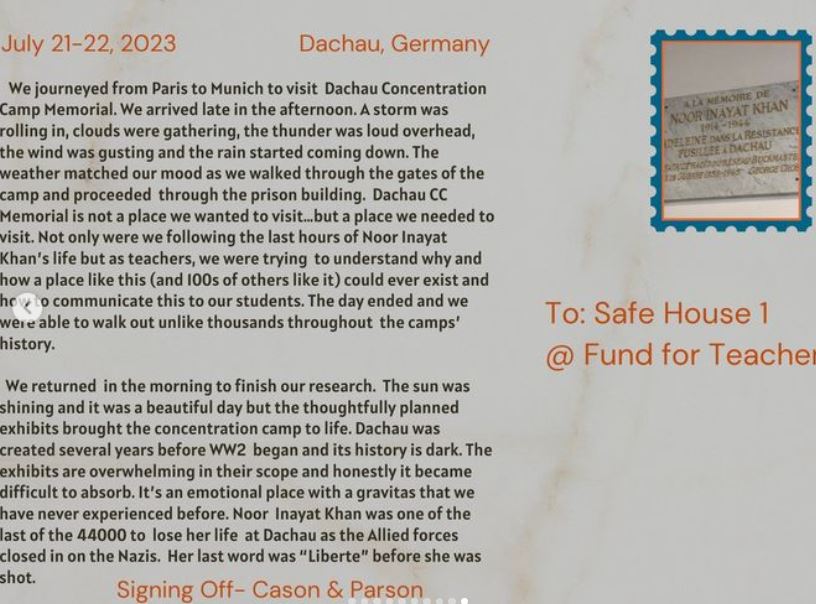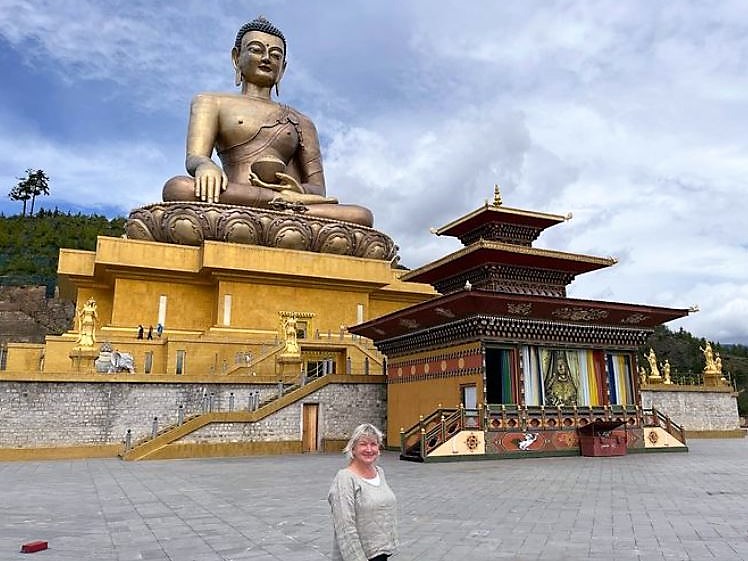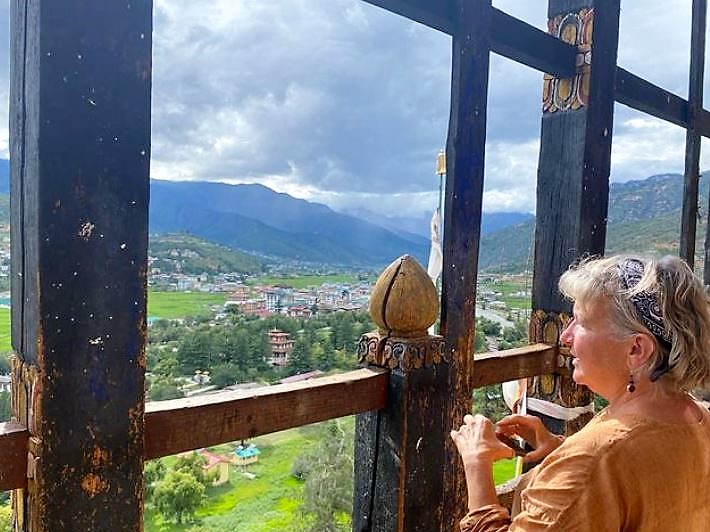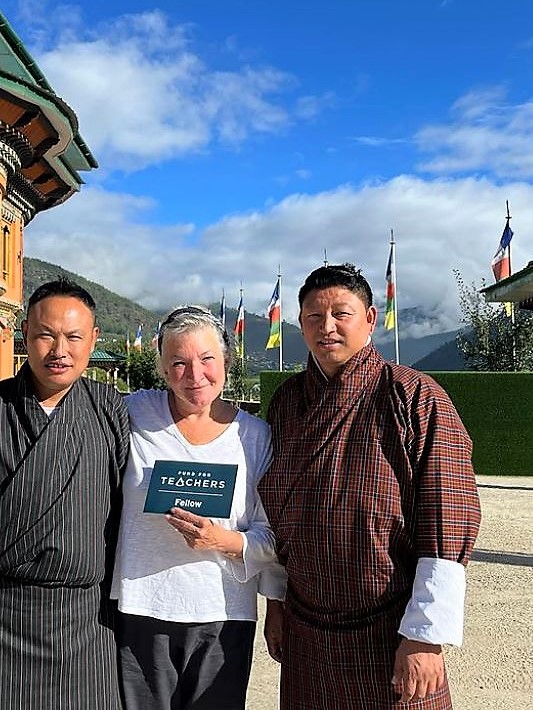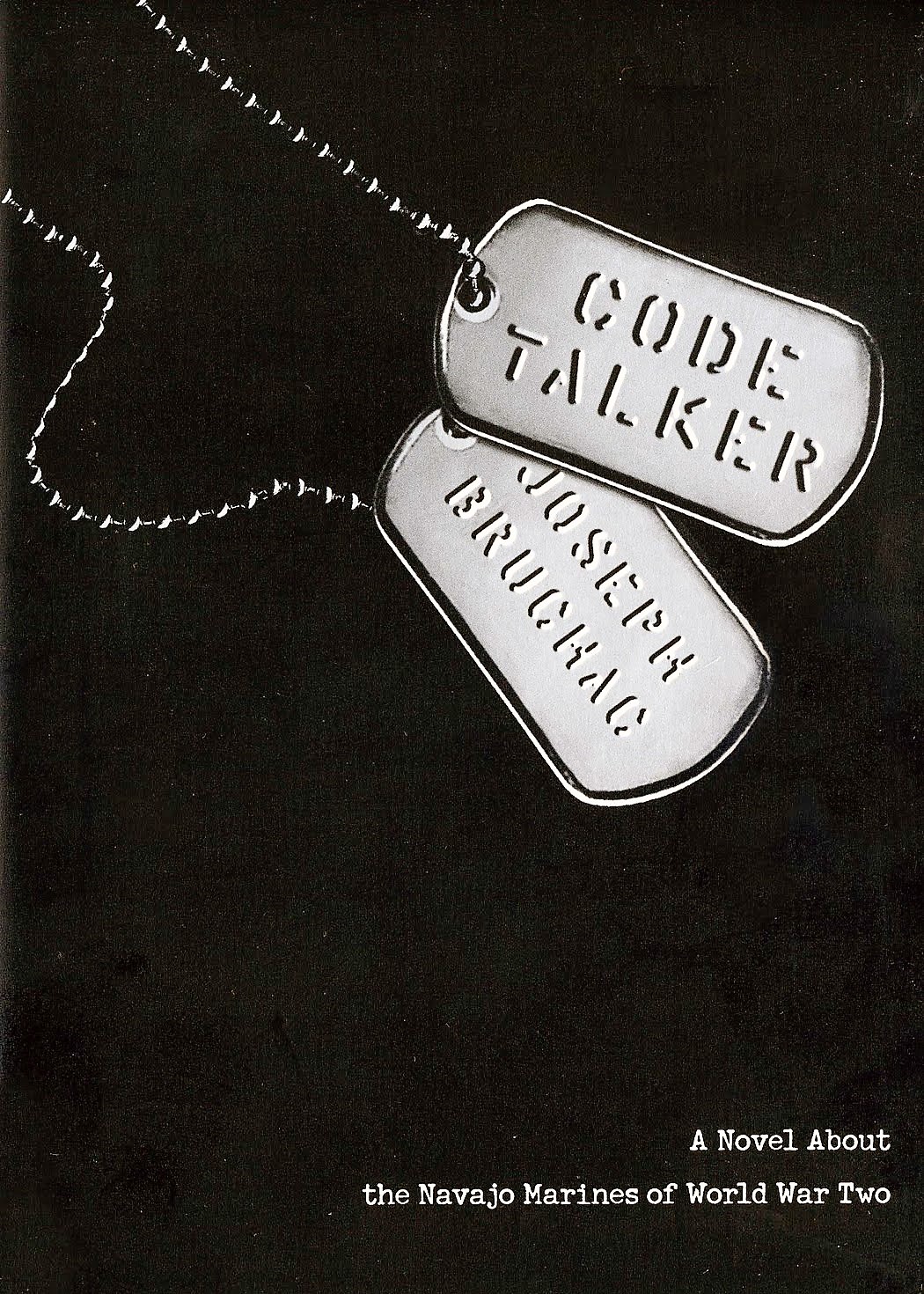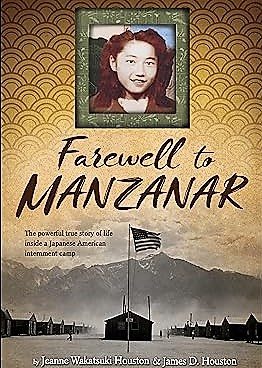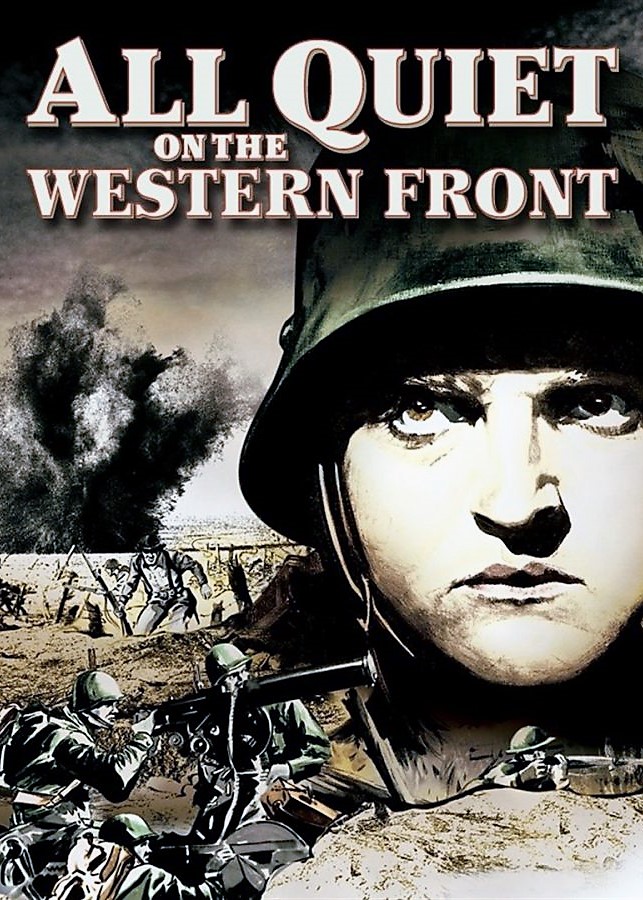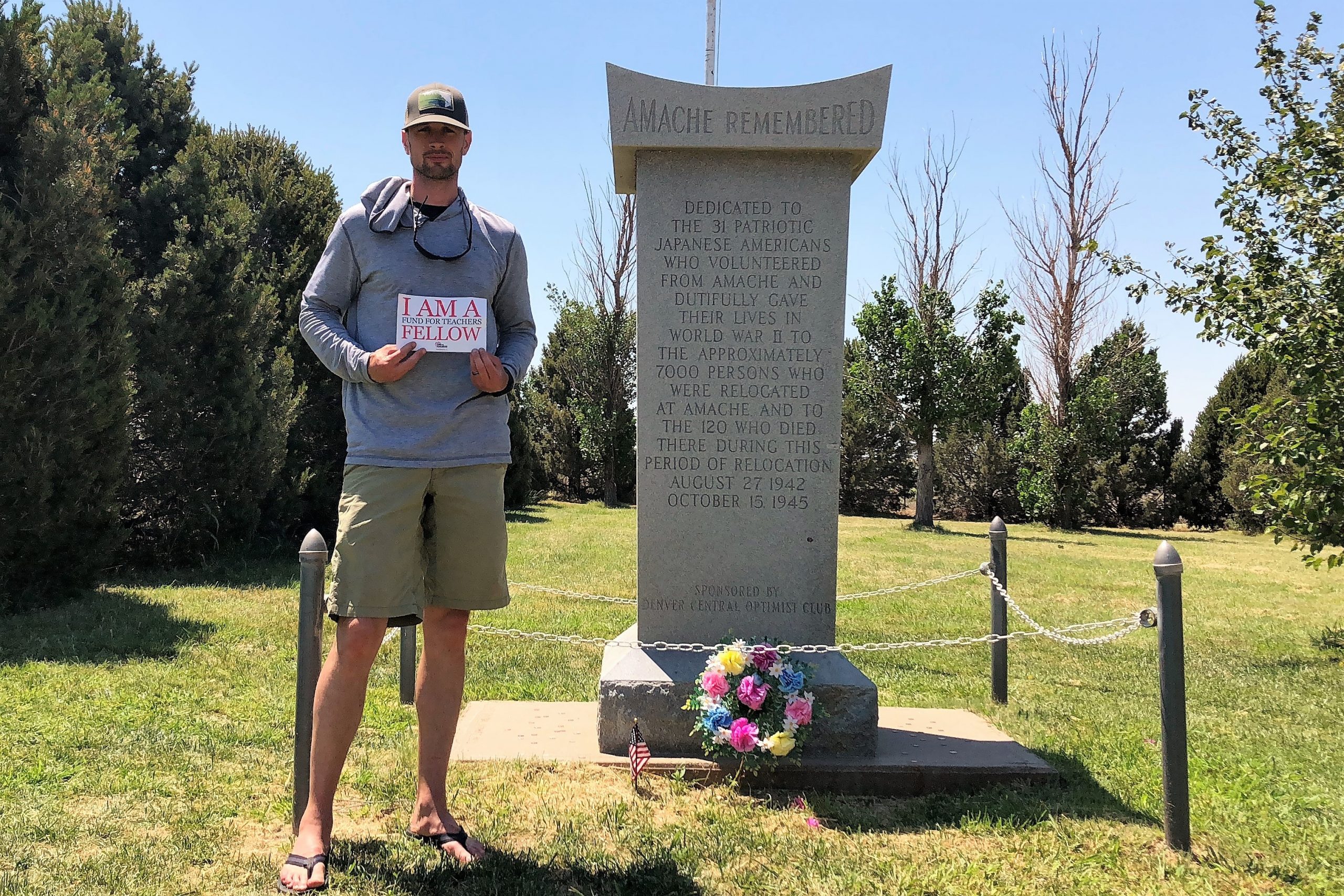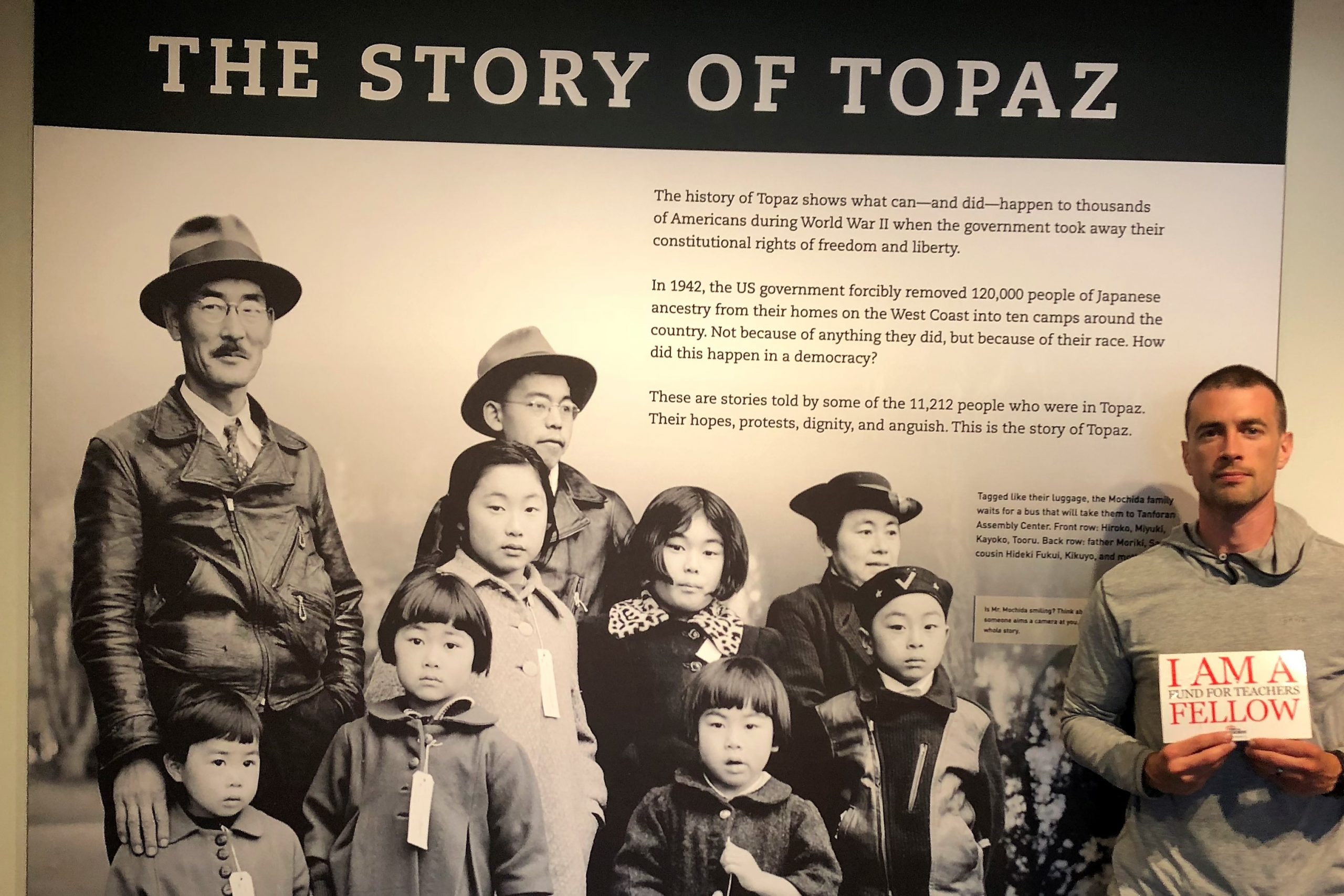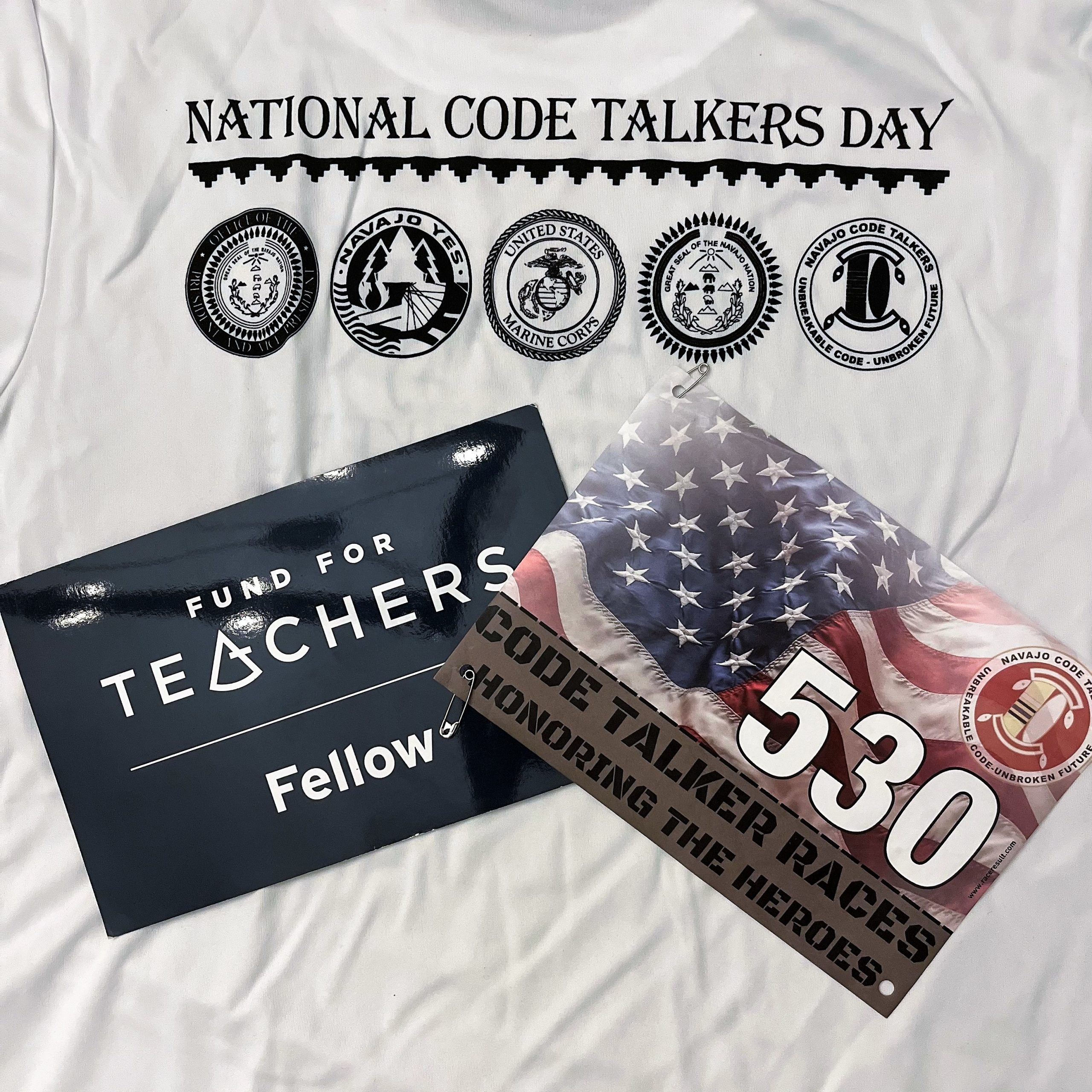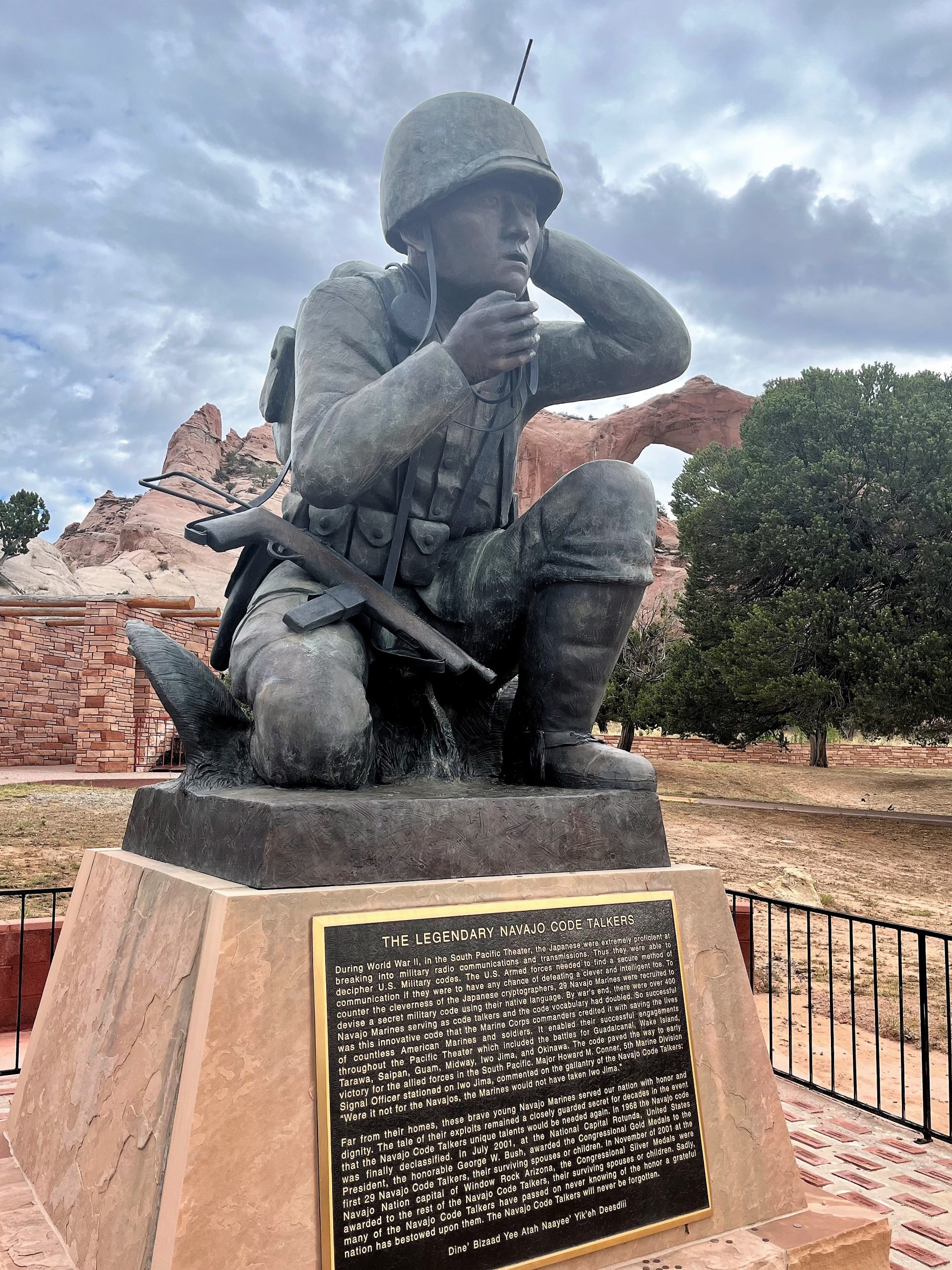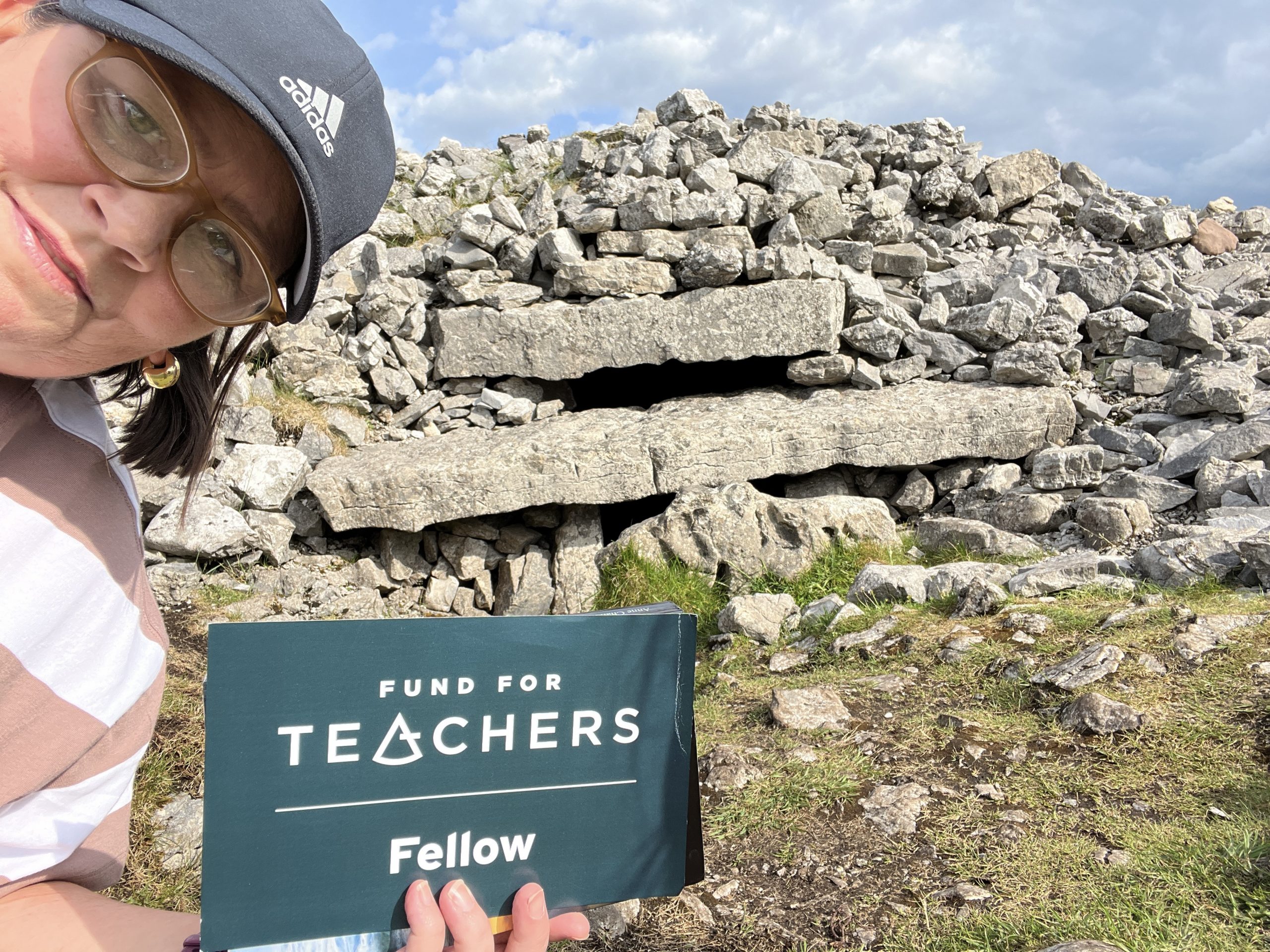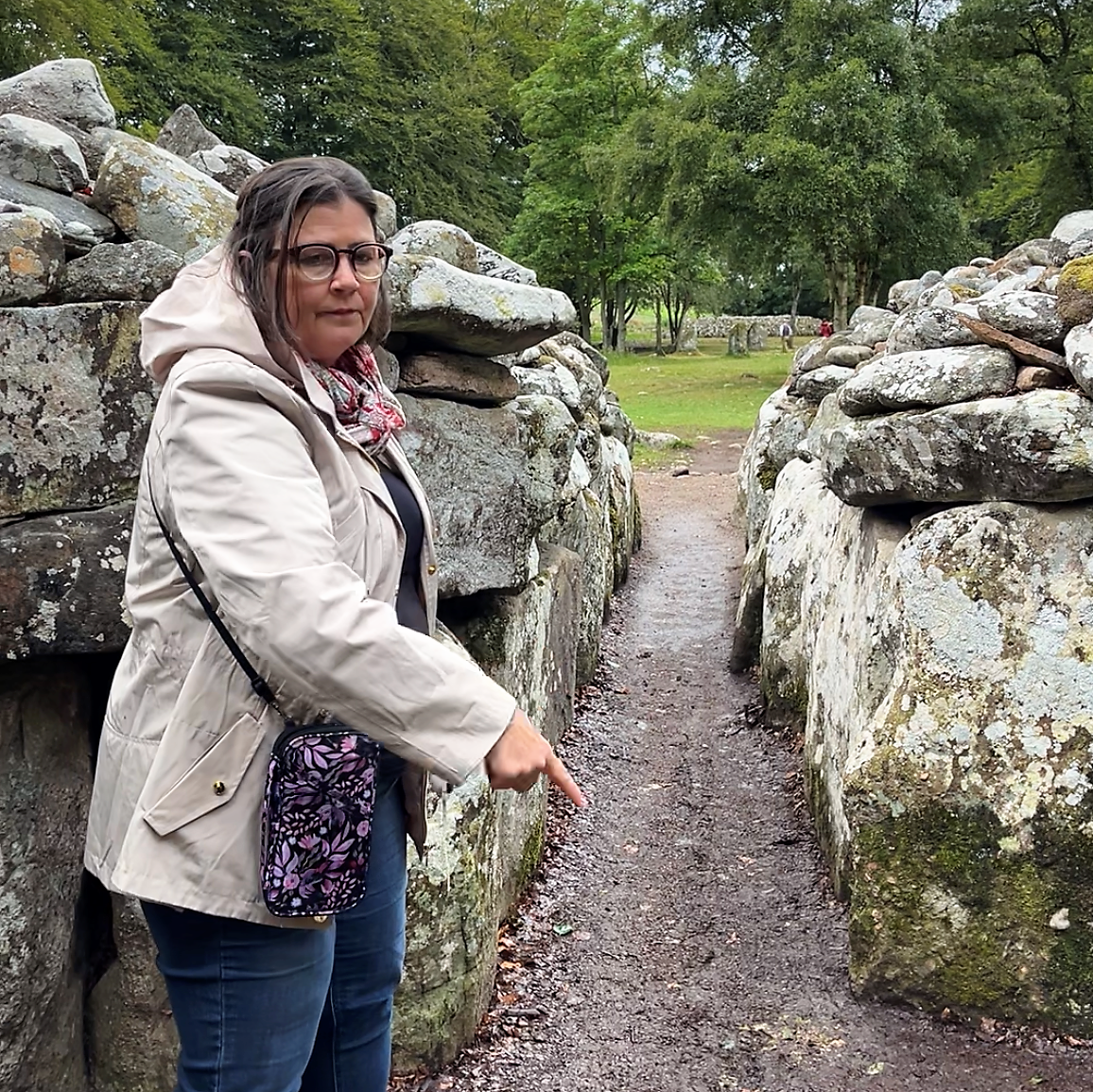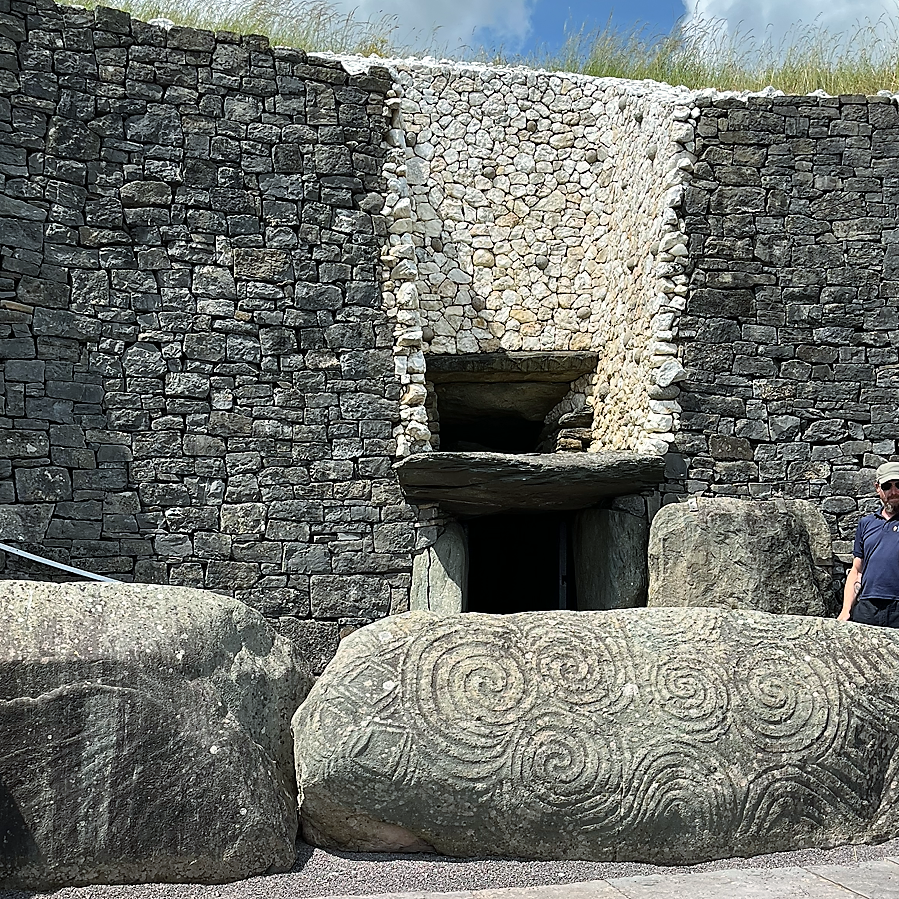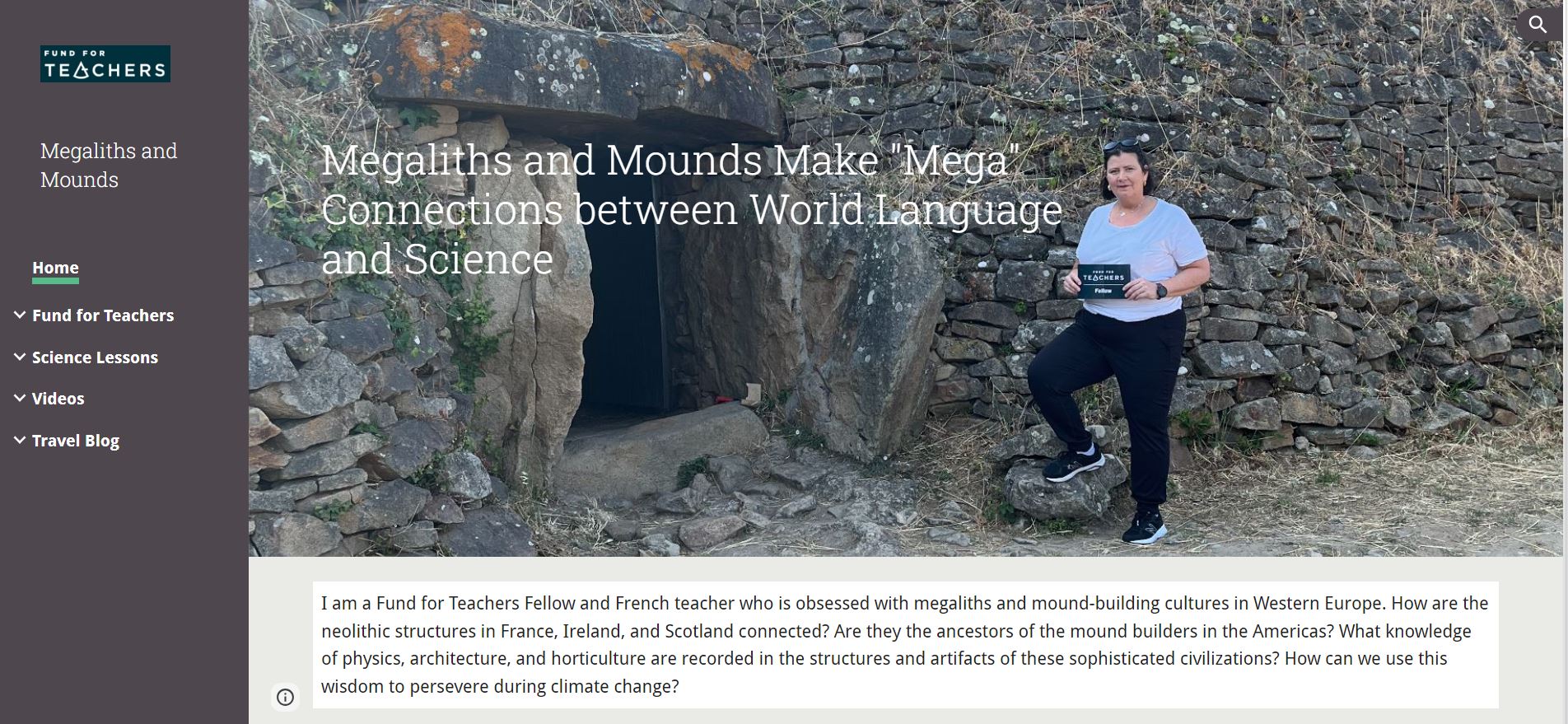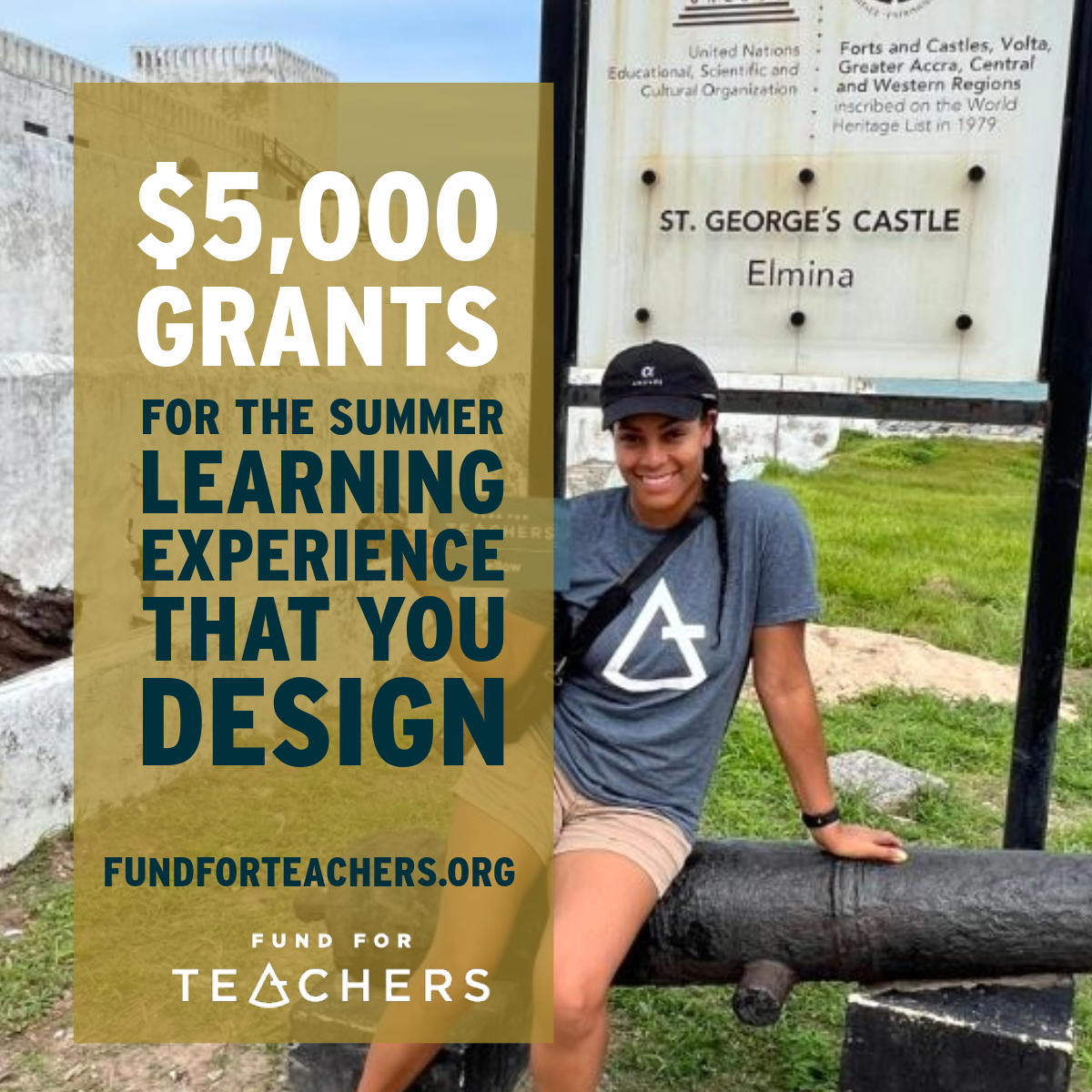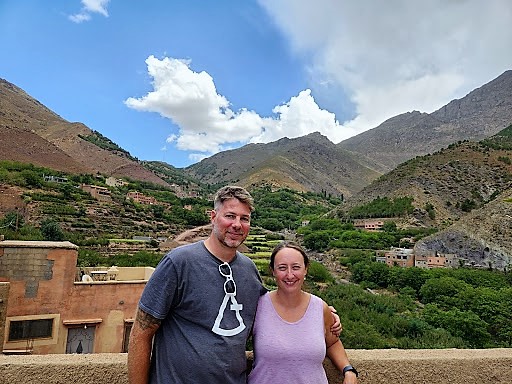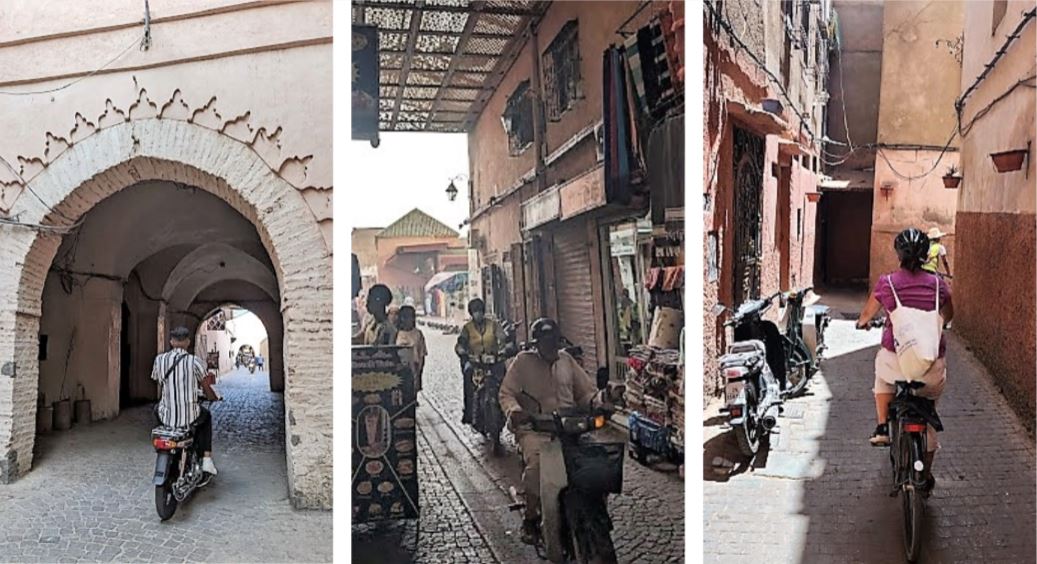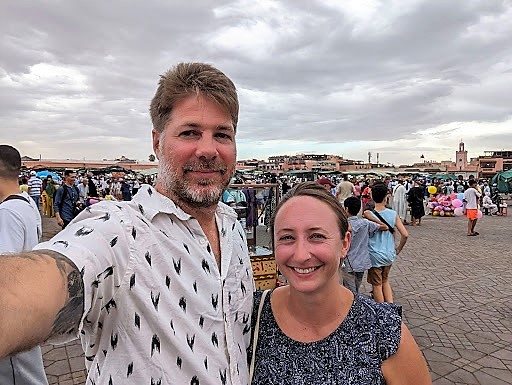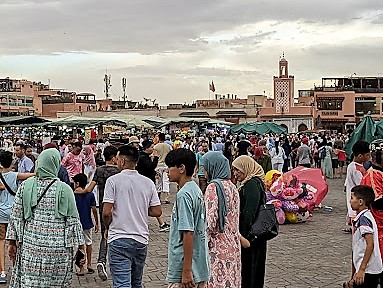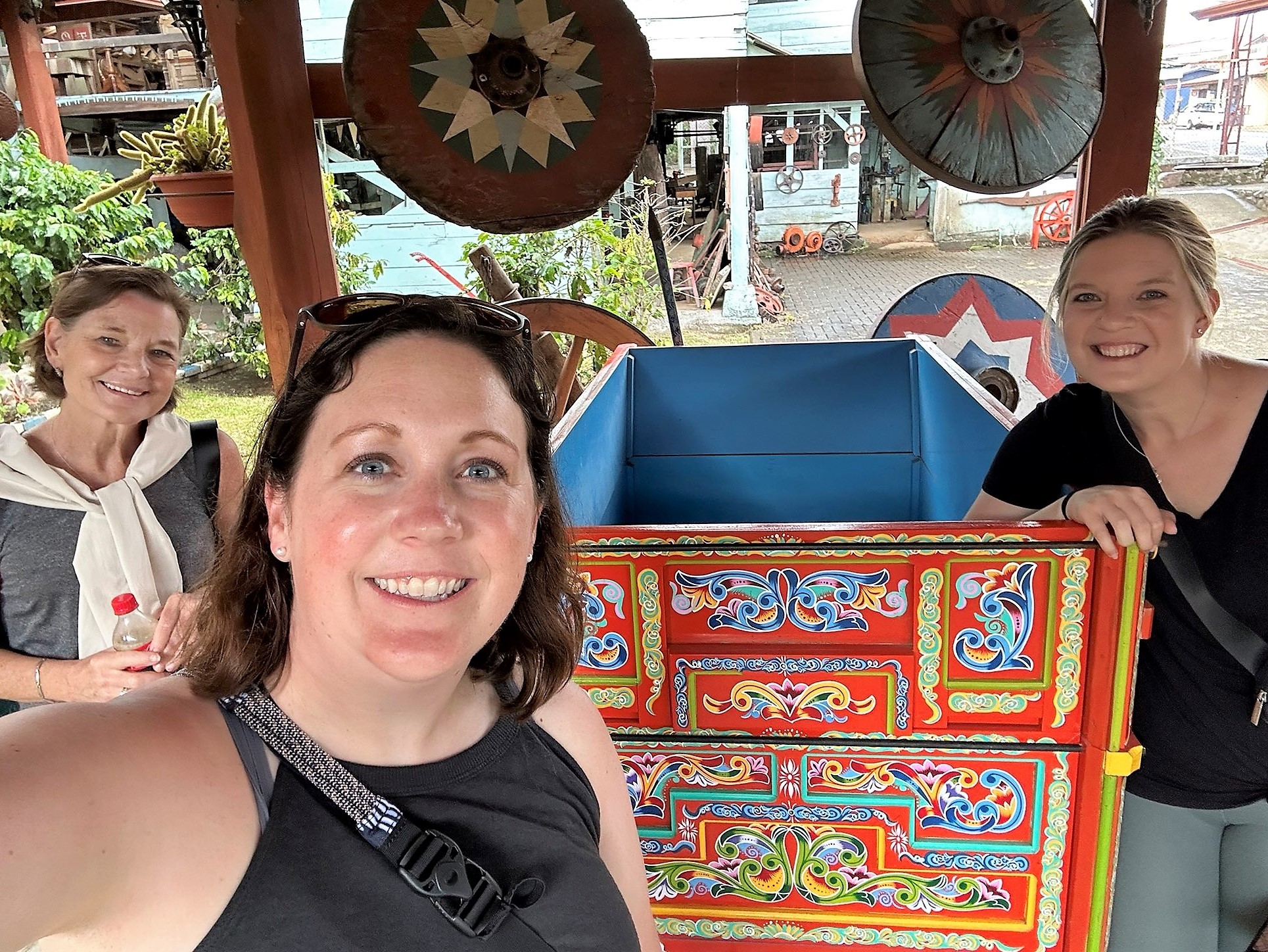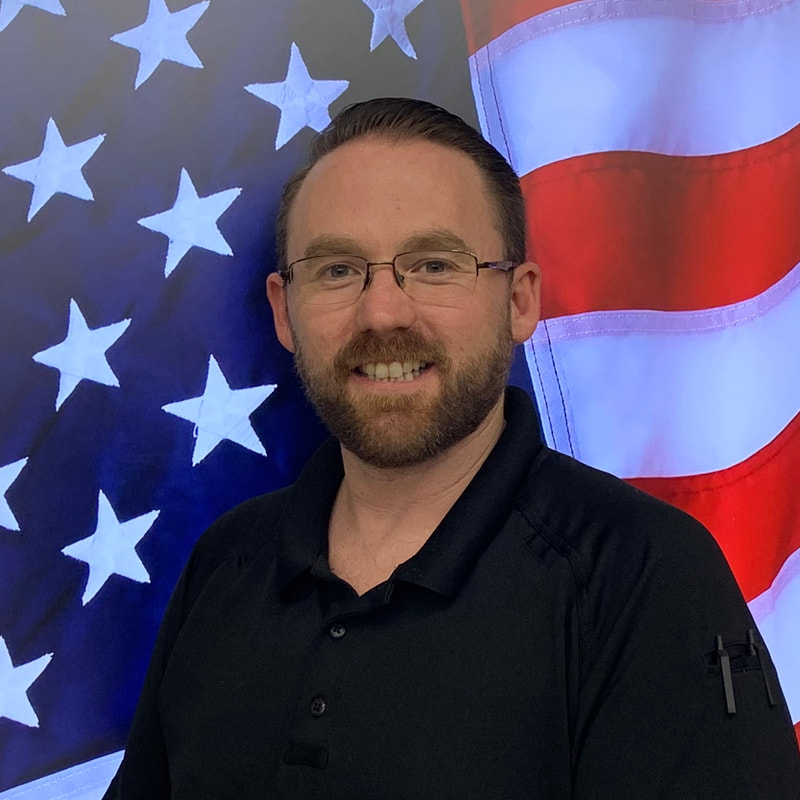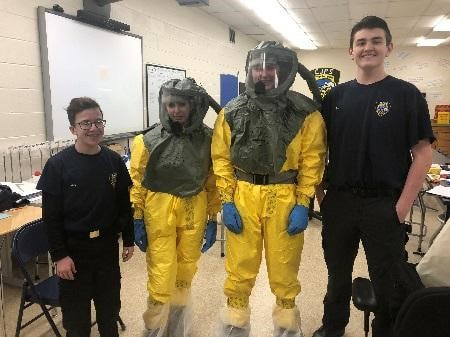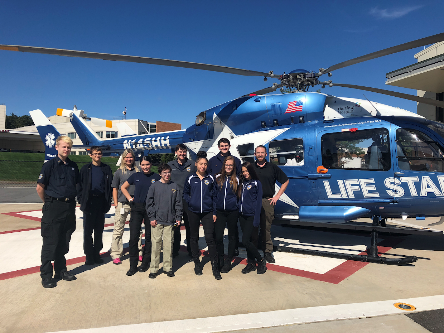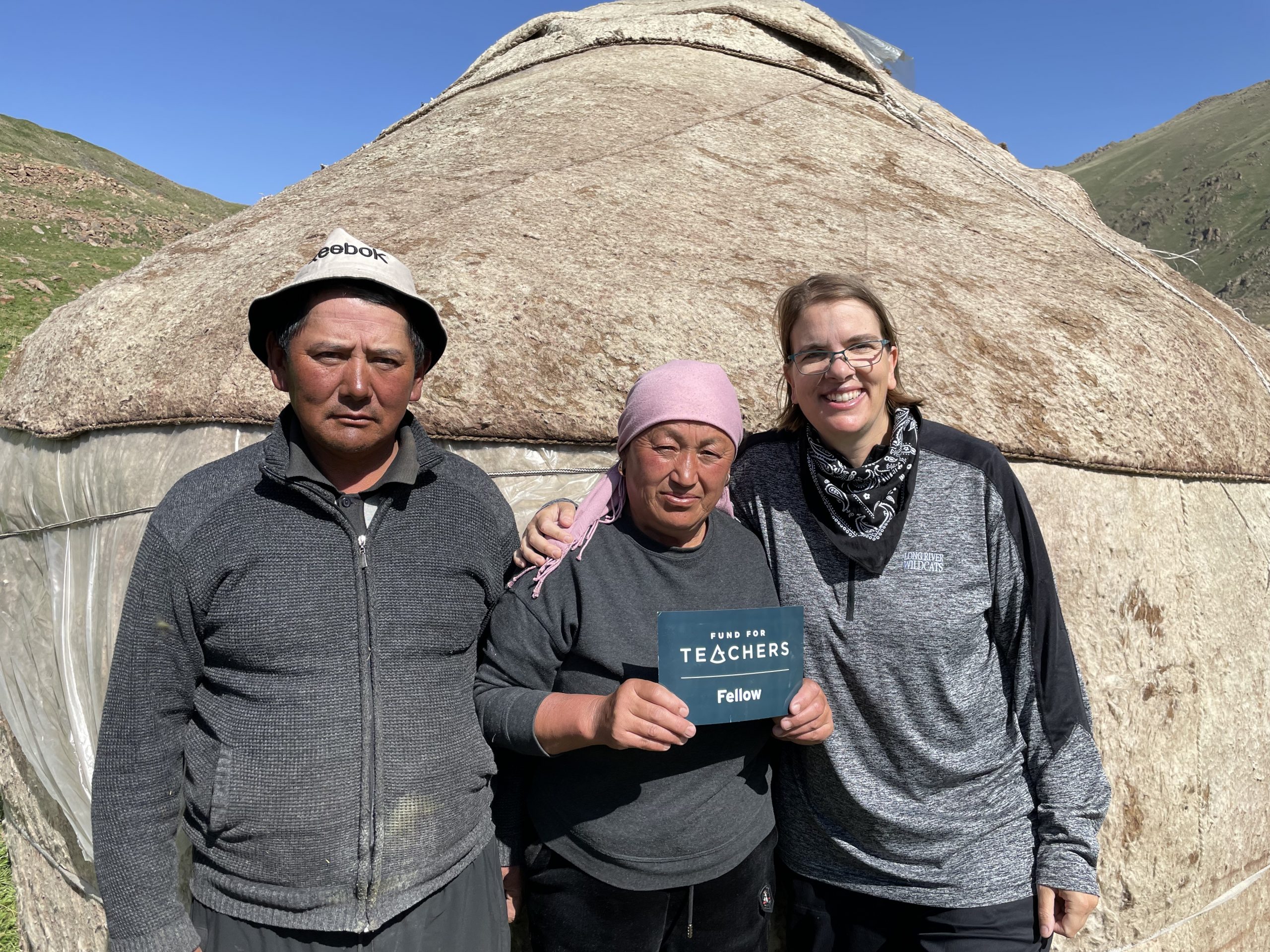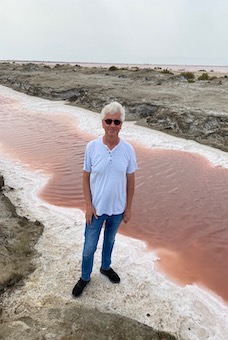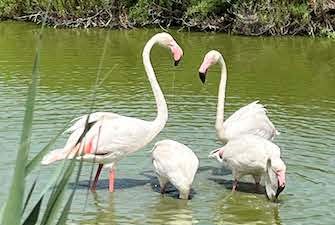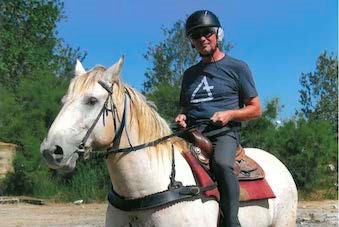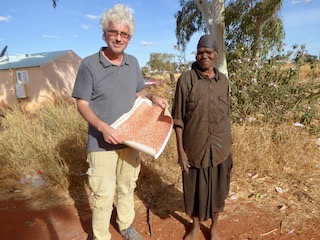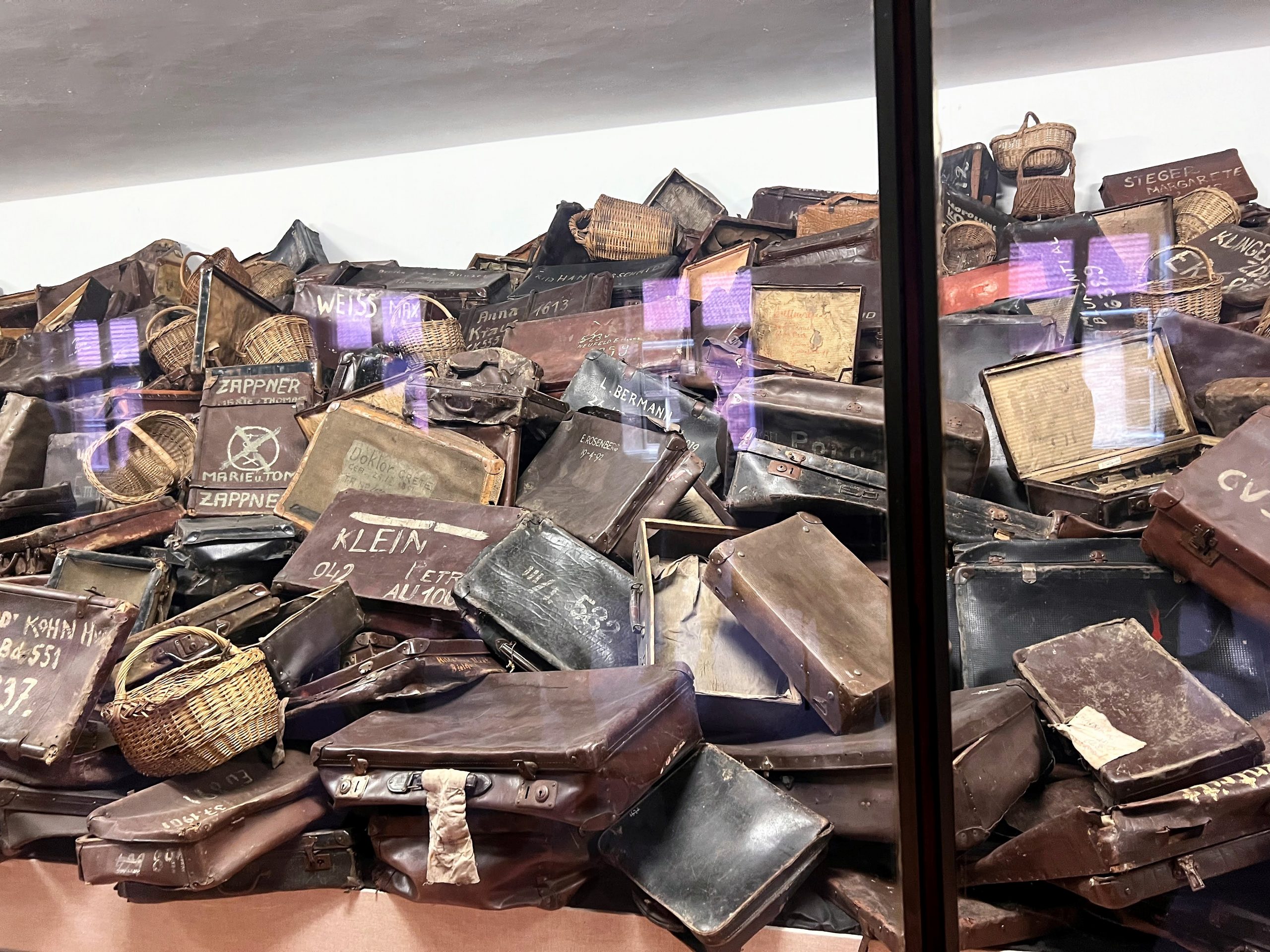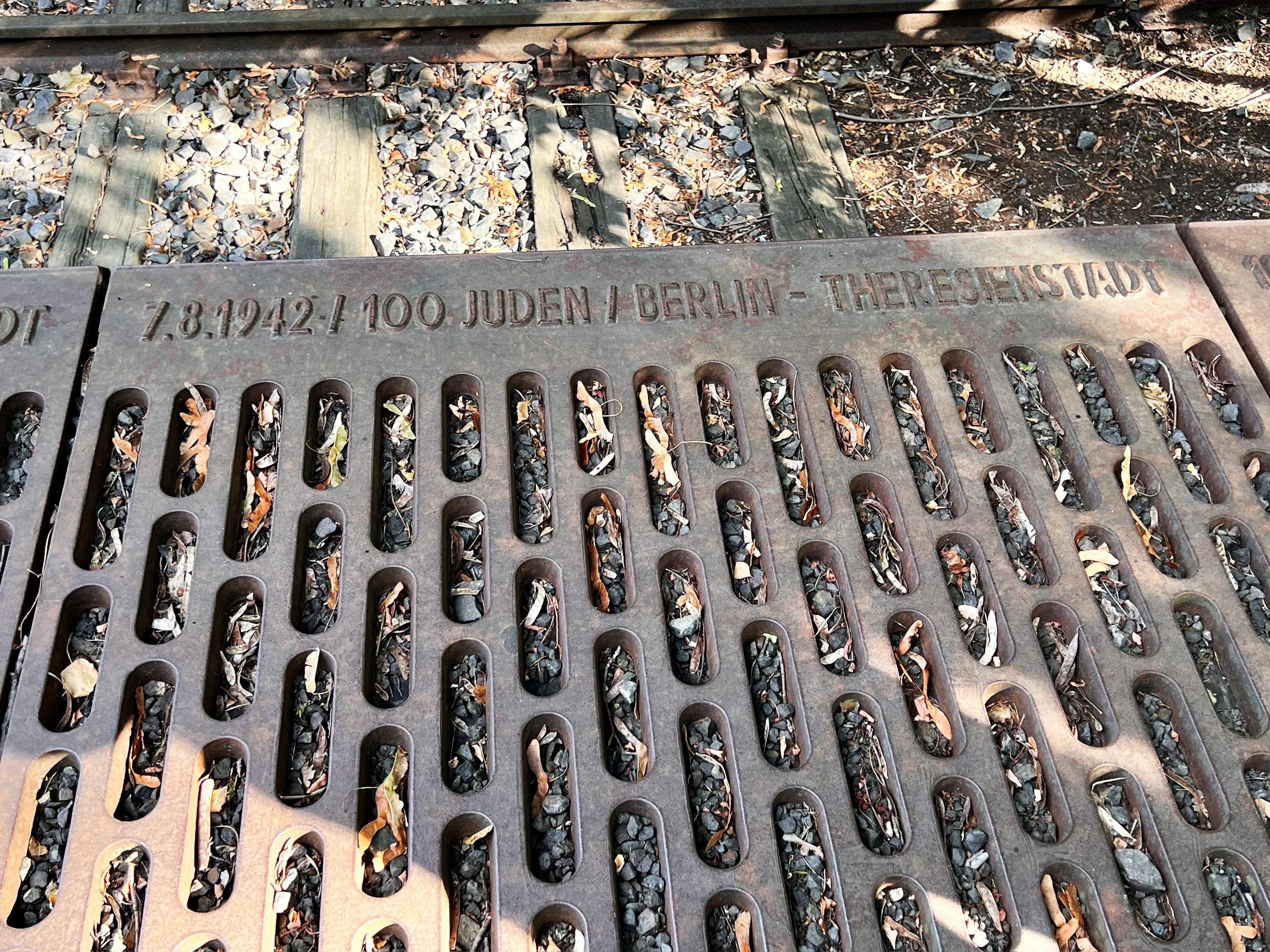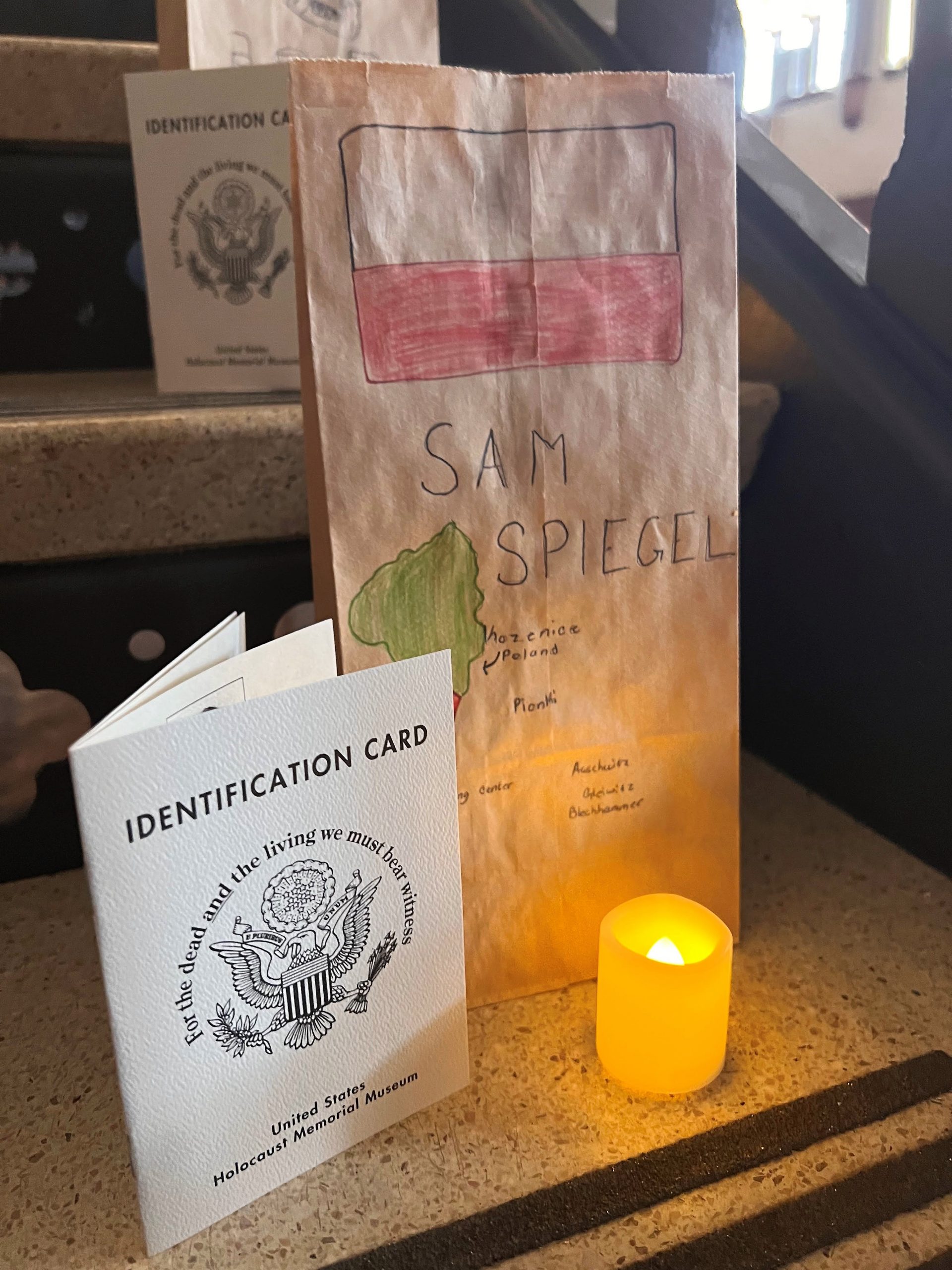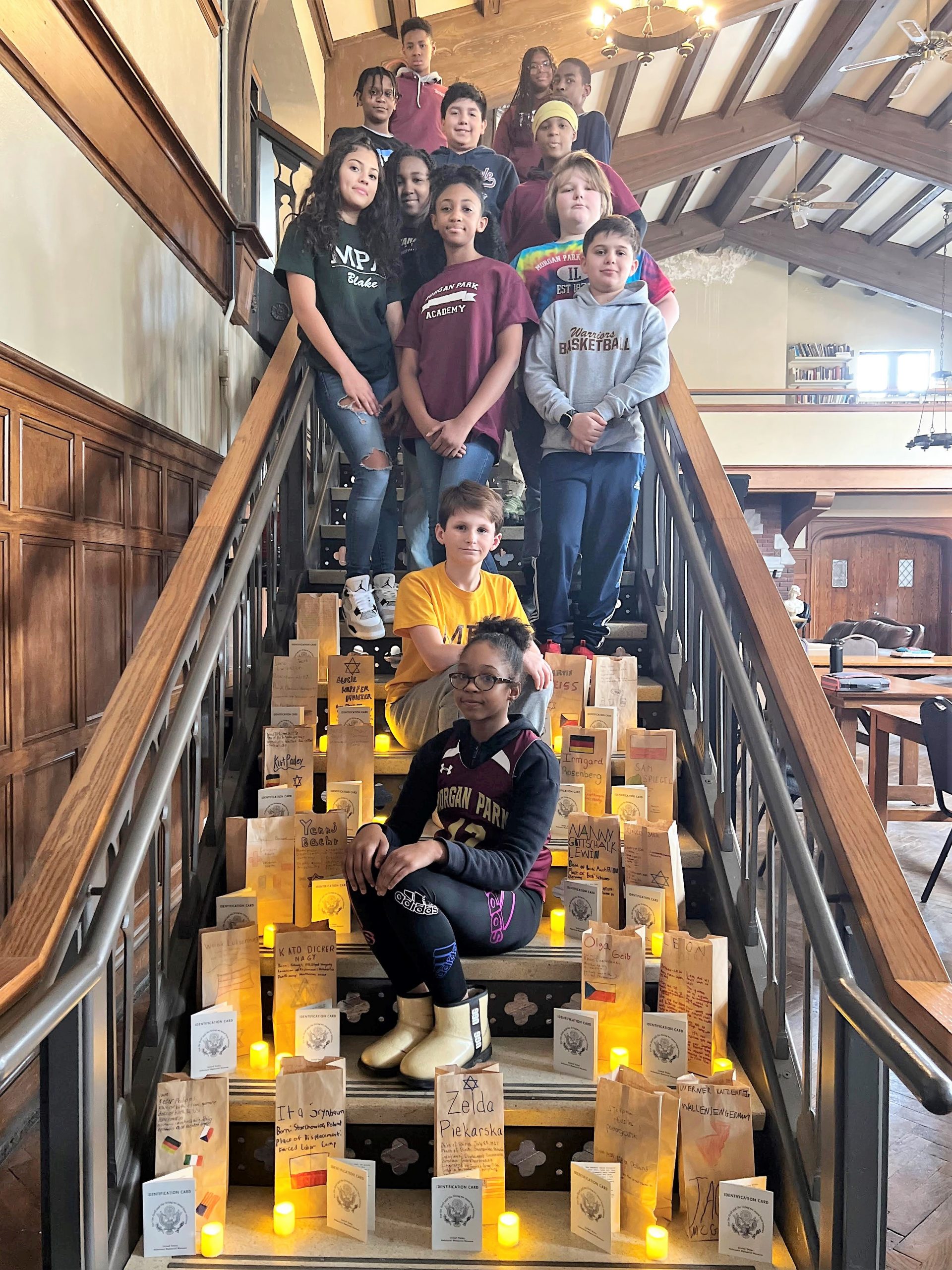Half-way through the summer means roughly 50% of our 2024 FFT Fellows have embarked on their self-designed fellowships. Their images and insights, make us even more excited for the rest of the summer…
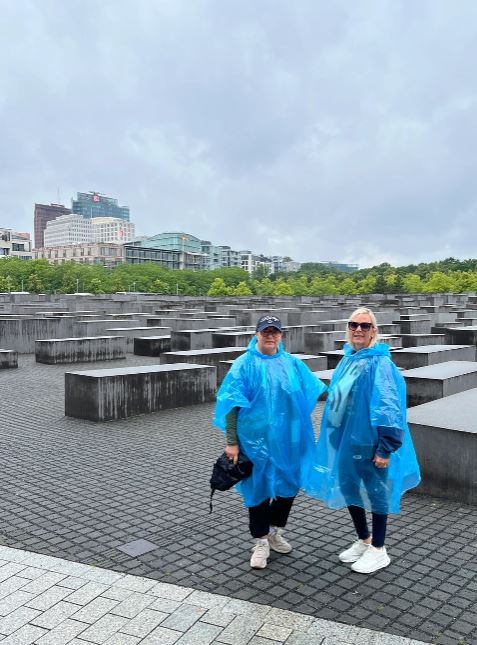
“We dared to dream of a self-guided and personally driven professional development opportunity for the summer of 2024 and Fund for Teachers made our dream come true. Our time here not only broadened our knowledge but also deepened our appreciation for the resilience of the human spirit. Our hearts are full, our minds enriched, and our spirits uplifted by the profound experiences we have had.”
Tammie Crosby & Vilma Martinez (Rosenberg, TX) used a $10,000 grant to explore in Germany locations tied to the Holocaust to gain a first-hand understanding of its impact and transform lessons that will empower students to foster empathy and inspire commitment to building a better future.
Jackie Du and Alex Whedbee (Brooklyn, NY) used a $10,000 grant to explore fiber arts of Vietnam through visits to various cultural institutions and by participating in a variety of textile workshops led by indigenous communities and artists with disabilities to learn how traditional and modern techniques disrupt stereotypes and to introduce differentiated, sustainable artmaking to students.
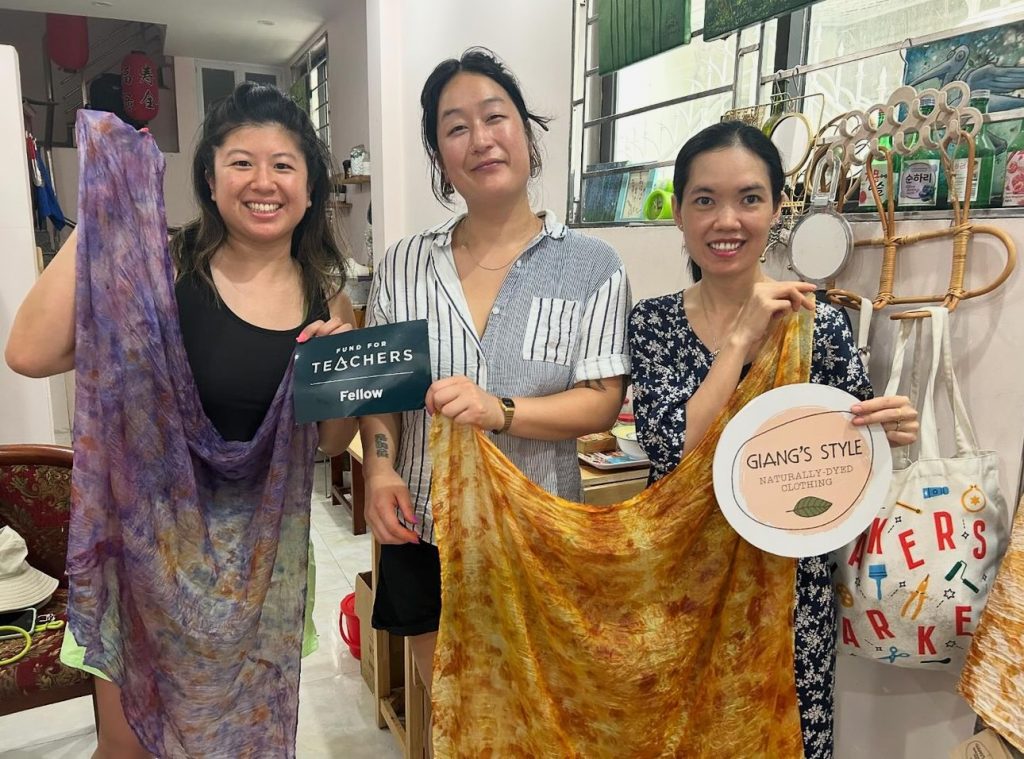
“Natural Bundle Dyeing incorporating natural materials to dye 100% silk. Giang (our teacher) showed us how to use onion skin (rust/brown), hibiscus (pink/purple), butterfly pea blossoms (blue), annatto powder (orange), and turmeric (yellow) to create the color palette and design we wanted. Such a wonderful experience! Thank you! We are excited to bring this into our classroom for our students!”
Lindsay Berk (San Francisco, CA) used a $5,000 grant to attend the Morpho Institute Educator Academy in the Peruvian Amazon and Machu Picchu Extension to participate in inquiry based professional development and to investigate how international scientists and local indigenous communities have partnered to preserve the rich biodiversity of the area, and to open students’ minds as to why they should care.
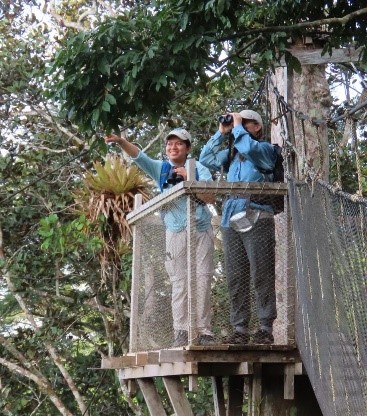
“I just wrapped up a jam-packed, enriching and eye-opening professional development experience in the Peruvian Amazon. From experiencing awe and wonder firsthand to conducting inquiry explorations, to deeply connecting with a community actively protecting the rainforest, [the fellowship] went beyond my expectations.”
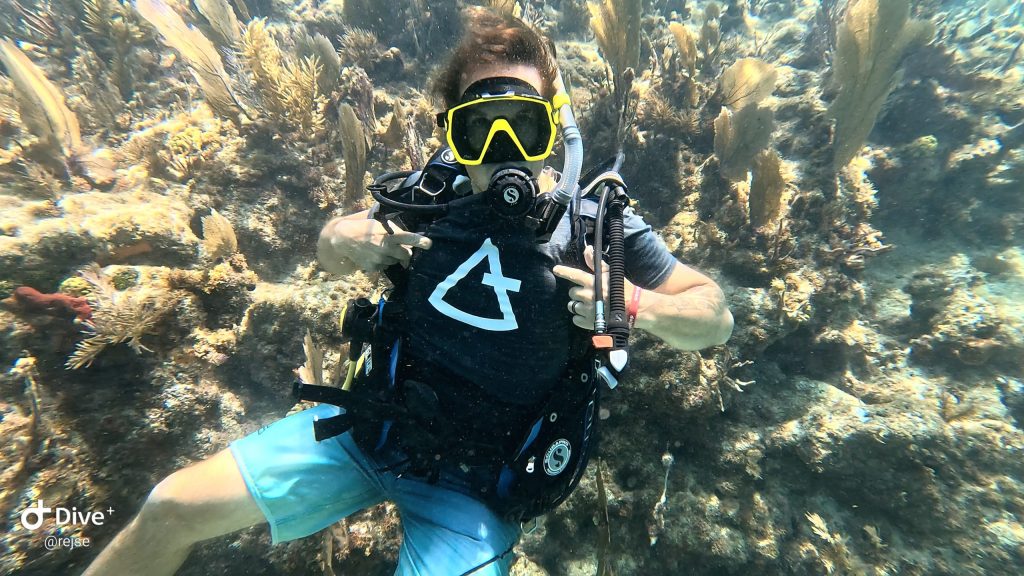
RJ Christensen (Houston, TX) used a $1,000 Innovation Circle Grant to gather visual and analytic information from university research labs and coral reef dives in Florida to educate students on marine conservation, culminating in a large-scale community sculpture built by students that highlights the interconnectedness between endangered marine life and human well-being.
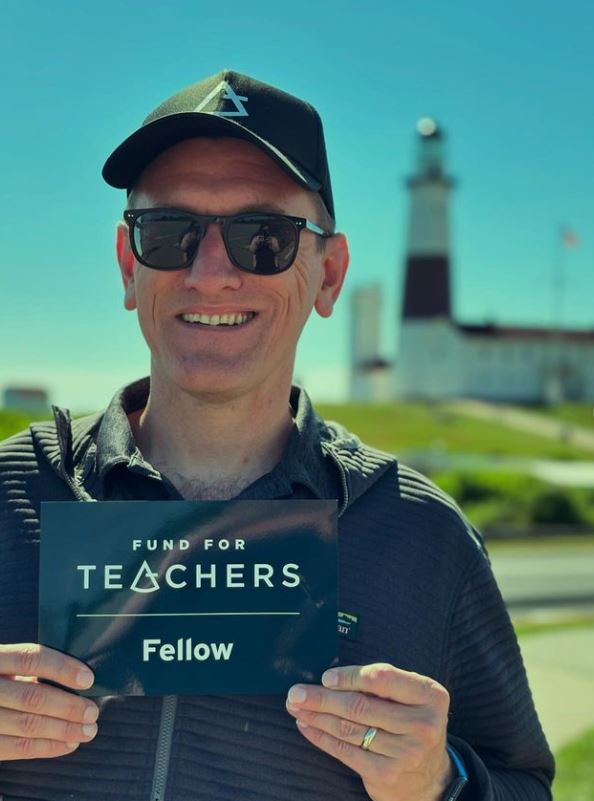
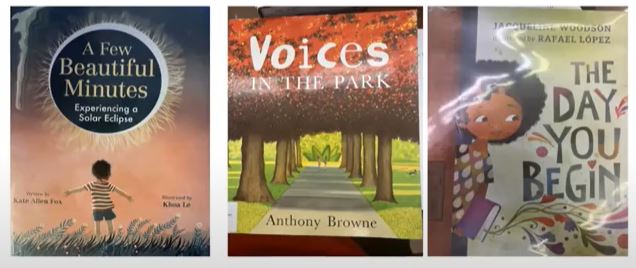


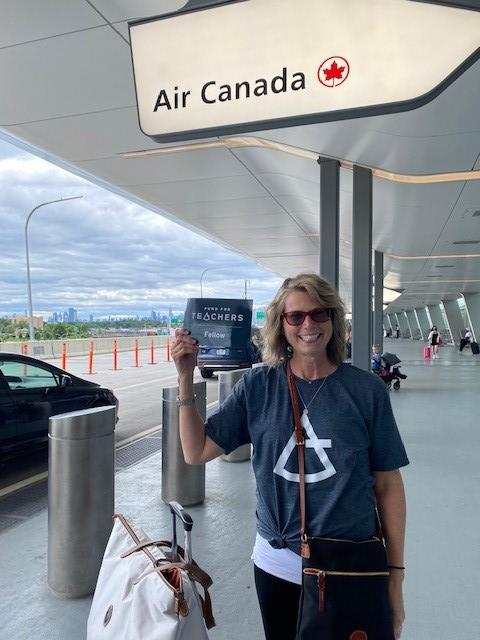
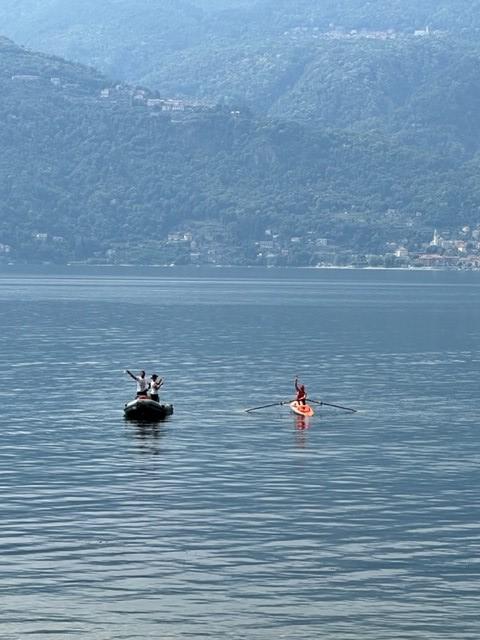
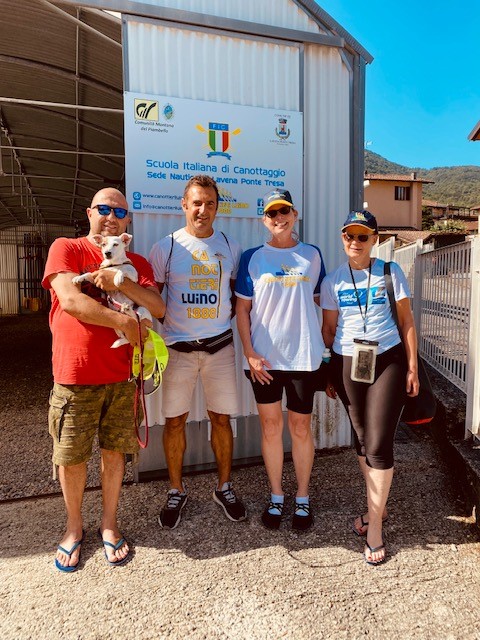
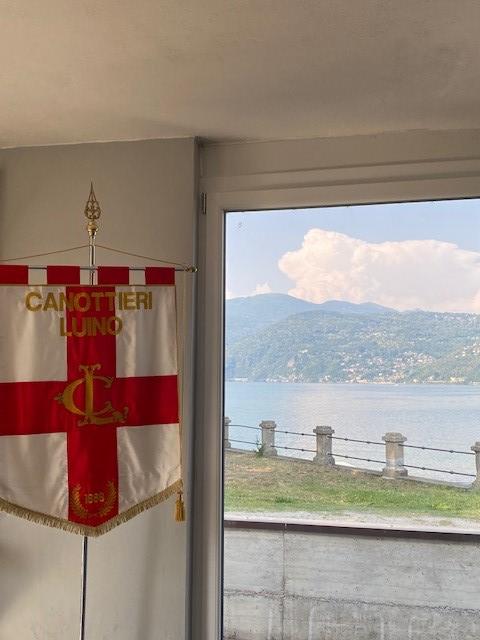
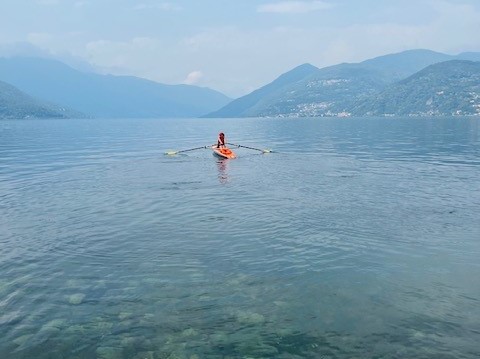 [minti_divider style=”1″ icon=”” margin=”20px 0px 20px 0px”]
[minti_divider style=”1″ icon=”” margin=”20px 0px 20px 0px”]